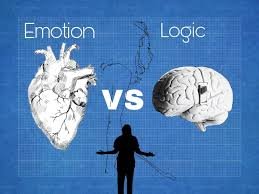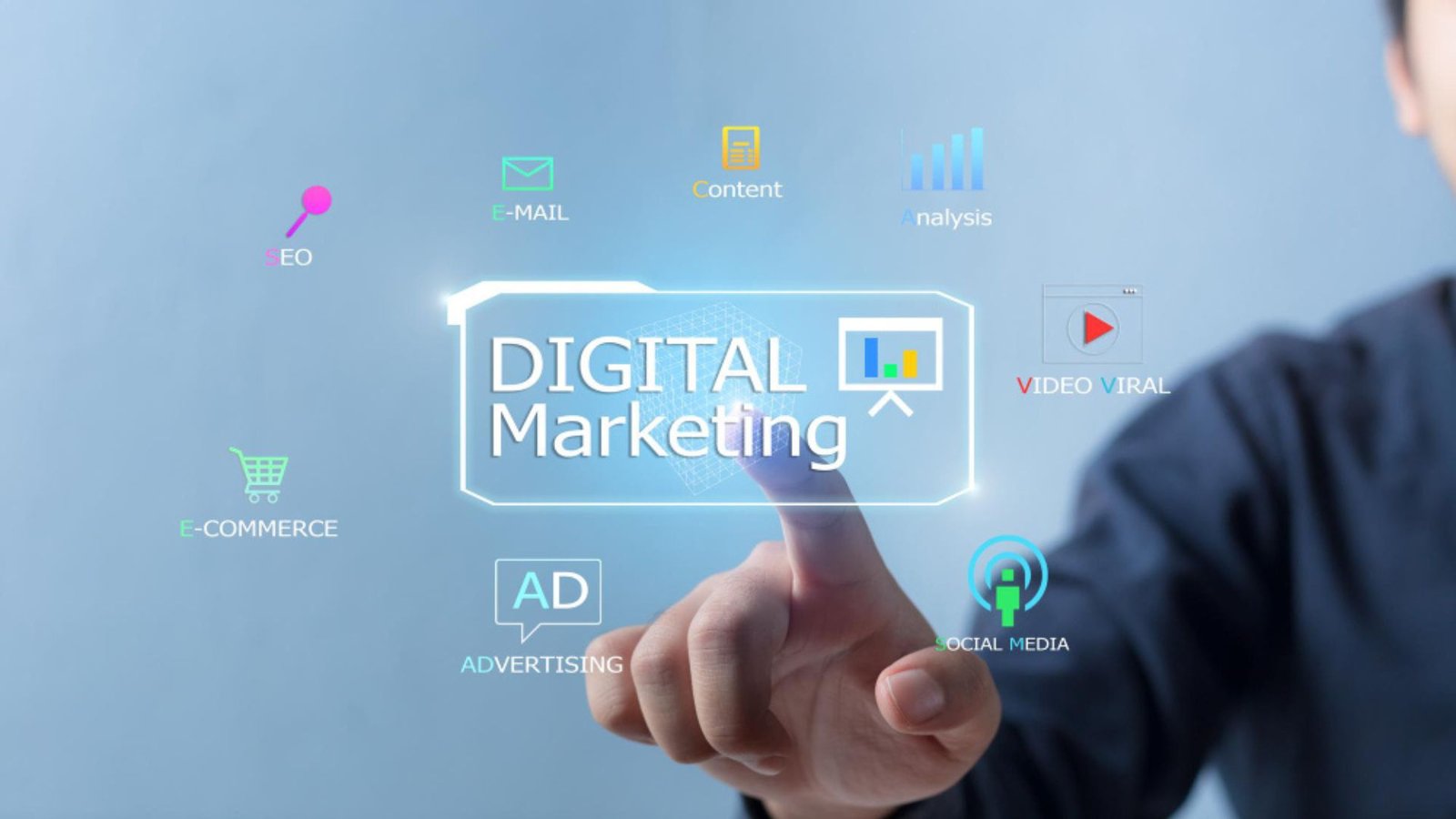In today’s competitive market, emotion sells better than logic in marketing because humans make decisions based on feelings before rational analysis. Emotional messaging creates deeper connections with audiences, making them more likely to engage, share, and act. Brands that tap into joy, excitement, fear, or nostalgia can influence purchasing decisions more effectively than those relying solely on facts or statistics. By appealing to emotions, marketers create memorable experiences that resonate long after the initial interaction, resulting in stronger brand loyalty and higher conversion rates.

Understanding the Psychology of Emotional Marketing
Emotions drive behavior, often subconsciously. When people feel connected to a brand or story, they are more likely to trust and remember it. Logical arguments, while informative, rarely inspire action on their own. By recognizing that emotion sells better than logic in marketing, businesses can craft campaigns that evoke feelings such as happiness, surprise, or empathy. This approach transforms ordinary promotions into compelling narratives that capture attention and encourage engagement, making marketing strategies far more effective.
Storytelling: The Heart of Emotional Connection
Storytelling is a powerful way to evoke emotion in marketing. Sharing real-life experiences, customer testimonials, or brand journeys helps audiences relate to the message. Stories humanize brands, making them approachable and trustworthy. Emotional narratives often trigger empathy, excitement, or inspiration, motivating consumers to act. By integrating storytelling into campaigns, companies ensure that emotion sells better than logic in marketing, turning abstract ideas into experiences that resonate with the audience and drive results.
Visuals and Multimedia Amplify Emotional Impact
Images, videos, and audio significantly enhance the emotional appeal of marketing campaigns. Visual storytelling can convey feelings more quickly and powerfully than text alone. Music, color, and imagery influence mood and perception, reinforcing the message and strengthening engagement. Incorporating multimedia elements ensures that emotion sells better than logic in marketing, making campaigns more memorable and shareable. Visual content helps brands leave a lasting impression that appeals directly to the senses and emotions of their audience.
Balancing Emotion with Information
While emotion is a critical driver, combining it with relevant information enhances credibility. Emotional marketing should not neglect clarity about product benefits, features, or pricing. The key is to deliver information in a way that complements emotional messaging rather than replacing it. By strategically blending feelings with facts, brands can demonstrate value while still tapping into the audience’s emotions. This approach reinforces the idea that emotion sells better than logic in marketing, creating campaigns that are both compelling and persuasive.
Measuring Emotional Engagement
Tracking engagement metrics can reveal how well emotional content resonates with audiences. Metrics like shares, comments, time spent on content, and sentiment analysis indicate emotional impact. Feedback from surveys or focus groups also provides insight into which messages elicit the strongest responses. By analyzing these results, companies ensure that emotion sells better than logic in marketing and can optimize campaigns to strengthen emotional appeal while maintaining alignment with business objectives.
Conclusion: Leveraging Emotion for Marketing Success
In conclusion, emotion is a powerful tool for driving marketing success. By understanding the psychology behind decision-making, leveraging storytelling, using multimedia, balancing information with feelings, and measuring impact, brands can create campaigns that resonate deeply with audiences. Emotional marketing fosters connection, loyalty, and action in ways that logic alone cannot achieve. Clearly, emotion sells better than logic in marketing, making it a vital strategy for brands seeking meaningful engagement and long-term results.











